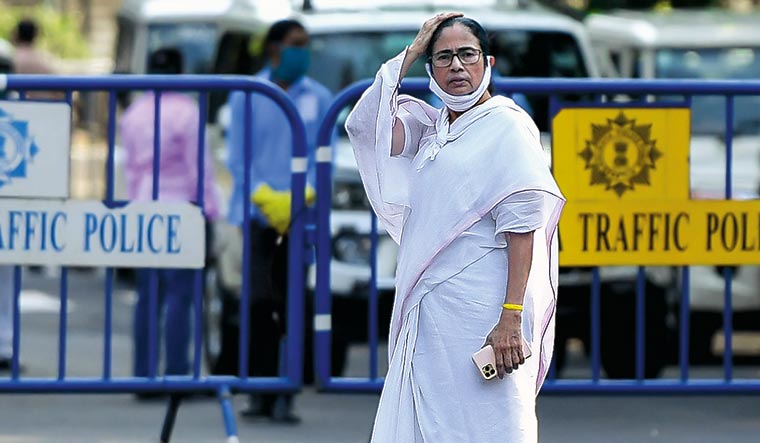The Bihar state Assembly elections are over, and despite the exit poll predictions and despite the huge rallies of Tejashwi Yadav, the NDA won a clear majority. In his rallies, Tejashwi had emphasised on massive unemployment in Bihar and Biharis migrating to other states in search of jobs.
The results makes it evident that in Bihar, like in most other Indian states, voters are not concerned about issues such as poverty, unemployment, malnourishment, healthcare, rising prices and corruption, but only caste and religion.
The NDA had solid support of the upper caste Hindus in Bihar (about 16 per cent) and even a large section of the non-Yadav OBCs. The total percentage of OBCs is about 52 per cent of the population in Bihar, but Yadavs, who supported the RJD, are only about 12 per cent. The non-Yadav OBCs have a grievance that under a Yadav chief minister, the plum postings of officials such as collectors and police station officers (darogas) usually go to Yadavs, while non-Yadav OBCs are often ignored. Also, Asaduddin Owaisi's AIMIM (which won five seats, and made a dent in other parties’ votes) split the Muslim vote, which would have ordinarily all gone to RJD. This division of votes thus benefited the NDA.
My prediction is that in forthcoming West Bengal Assembly elections (likely to be held in April-May 2021) too, the BJP will win a majority. In West Bengal, caste is not of much importance, but in recent years, religion has become important. The state was earlier a bastion of secularism, with both major parties, the Congress and the CPI(M) being secular, but in recent years, the state has become largely polarised on religious lines.
The blame for this polarisation must go largely to Chief Minister Mamata Banerjee. Since over 27 per cent of the population of the state is Muslim, Mamata thought that she must secure this vote bank, and for this purpose took steps that greatly offended the 70.5 per cent Hindu population in West Bengal.
Examples of such policies by Mamata include:
1. In April 2012, she announced a grant of Rs 2,500 per month to every imam and Rs 1,500 to every muezzin in mosques (and there are thousands of them in West Bengal). This order was struck down by the Calcutta High Court as being discriminatory.
2. In October 2016, Mamata passed an order prohibiting Durga puja idol immersion after 4 pm on October 12, since the next day (October 13) was Muharram. This order too was annulled by the High Court, with strictures against the state government.
3. She took out rallies against NRC and CAA in Kolkata, which annoyed Hindus, who thought these laws were necessary to prevent inflow of Bangladeshi Muslims into West Bengal.
All these steps created an impression among Bengali Hindus that Mamata only cared for Muslims, and ignored Hindus, although Hindus constitute over 70 per cent of the state population.
The result has been that Bengali Hindus, who were earlier secular, are today largely polarised, and will vote in favour of BJP. This becomes evident from the fact that whereas in the 2016 West Bengal state elections, the BJP had won only 3 out of the 294 seats, in the 2019 Lok Sabha elections, it got 18 out of the 42 Lok Sabha seats from West Bengal. This, coupled with the fact that Owaisi will again split the Muslim votes (as he succeeded in doing in Bihar) indicates that the BJP will win the forthcoming state election in West Bengal.
Justice Markandey Katju retired from the Supreme Court in 2011.
The opinions expressed in this article are those of the author's and do not purport to reflect the opinions or views of THE WEEK.







